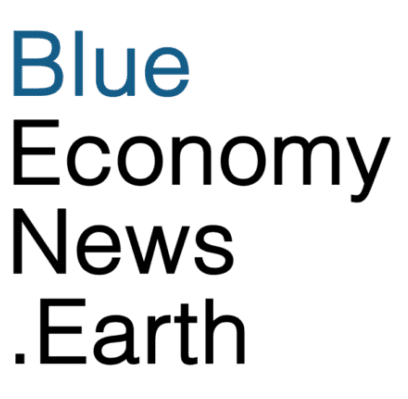Viking Cruises and shipbuilding company Fincantieri announced what they said will be the world’s first hydrogen-powered cruise ship, capable of operating with zero emissions, Viking Libra.
Currently under construction at Fincantieri’s Ancona shipyard, the Viking Libra is scheduled for delivery in late 2026. The Company’s subsequent ocean ship, the Viking Astrea, which is also currently under construction and scheduled for delivery in 2027, will also be hydrogen powered.
“Viking made the principled decision to invest in hydrogen, which offers a true zero-emission solution,” said Torstein Hagen, Chairman and CEO of Viking. “We look forward to welcoming the world’s first hydrogen-powered cruise ship to our fleet in 2026.”
The Viking Libra will have a gross tonnage of approximately 54,300 tons, with 499 staterooms that can host 998 guests. It will have a propulsion system based partially on liquefied hydrogen and fuel cells developed by Isotta Fraschini Motori (IFM), Fincantieri’s subsidiary specializing in advanced fuel cell technology.
“With the Viking Libra, we are not only delivering the world’s first cruise ship powered by hydrogen stored on board, but we are also reinforcing our commitment to shaping the future of sustainable maritime transportation,” said Pierroberto Folgiero, CEO and Managing Director of Fincantieri.
Cruise ships comprise part of the 3% of global greenhouse gas (GHG) emissions produced every year by the shipping industry, mostly from burning fossil fuels. The International Maritime Organization 2023 Strategy aims for international shipping to reach 20% reduction in GHG emissions, compared to 2008, for 2030; 70%, by 2040 and net zero by 2050.
Cruise ships also produce pollution in terms of bilge water that collects in the ship’s hull and may contain oil, grease and other contaminants; sewage; graywater (waste water from showers, sinks, laundries and kitchens); ballast water (water taken onboard or discharged from a vessel to maintain its stability); and solid waste (food waste and garbage). Viking has taken some steps to address these issues as well.
The company said its new propulsion system would allow it “to access even the most environmentally sensitive areas,” although visiting such areas–many under threat from climate change, a trend known as “last chance tourism” actually accelerates the risk of destruction.
Viking and Fincantieri have signed contracts for two additional ocean ships for delivery in 2031 and an option for two additional ocean ships for delivery in 2033. The company expects to take delivery of 26 additional river ships by 2028 and 11 additional ocean ships by 2031. It did not specify that those ships would run on sustainable fuels.

